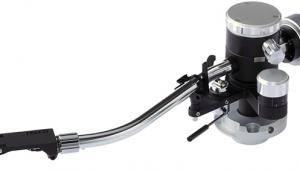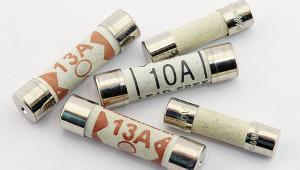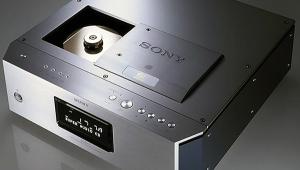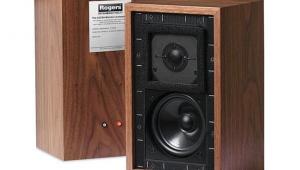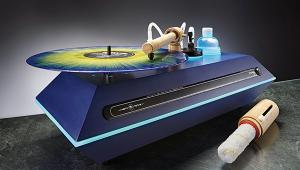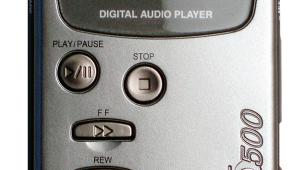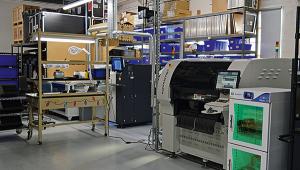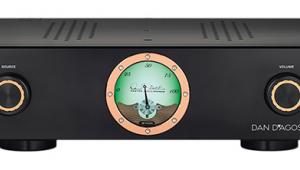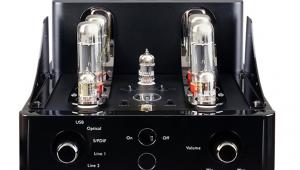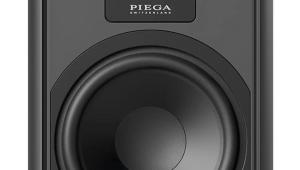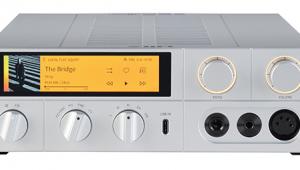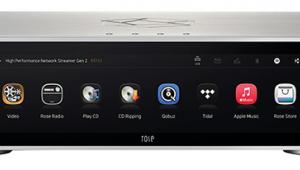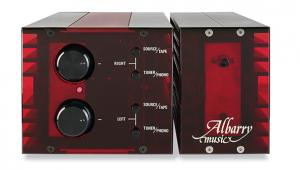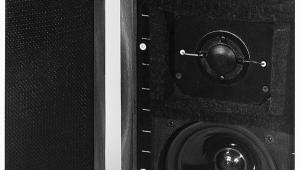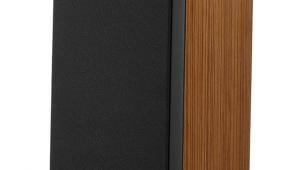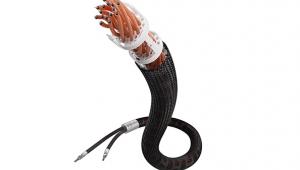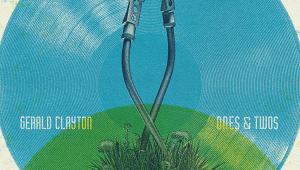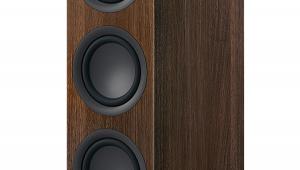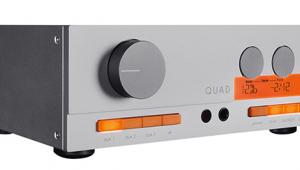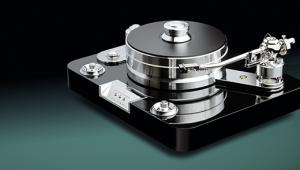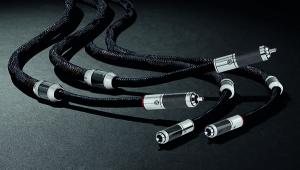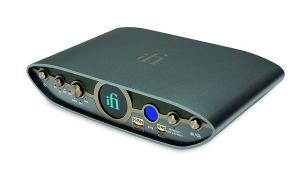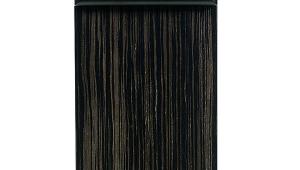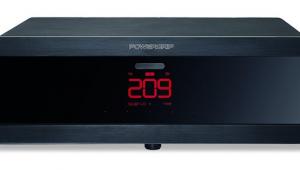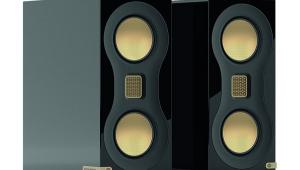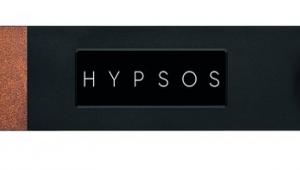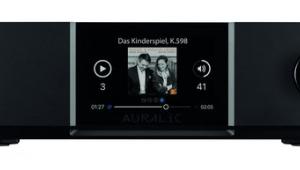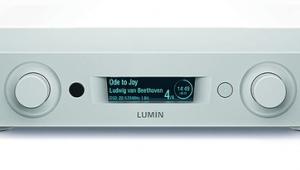Component interactions
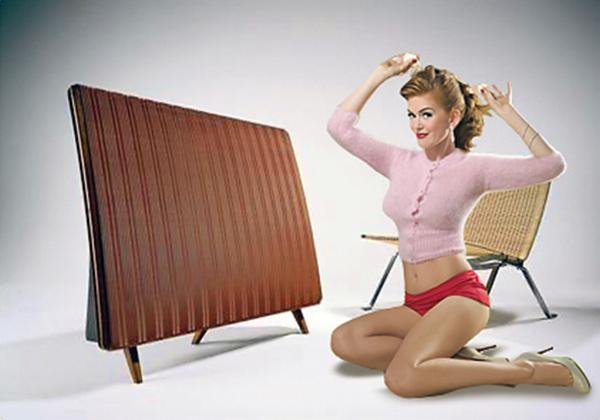
Before you begin fine-tuning your system’s sound with room treatments and seating changes, you should pay attention to ‘interactions’ further back in the chain, says Jim Lesurf
Hi-fi enthusiasts are familiar with the impact that the interaction between their listening room’s acoustic and the behaviour of their loudspeakers can have on the sound they hear. Even quite slight movements of the listening position, or the locations of the speakers, can make a distinct difference. Hence spending time altering these positions or making changes to the room’s furnishings, etc, can often produce improved results.
However, there are other forms of interaction that tend to be overlooked. The listener assumes these are inherent to the speakers or amplifiers being used. In one sense, that is true, but potentially misleading if you assume it can’t be tweaked to give better results. The snag is that these effects arise before the sound leaves the speakers, and often for reasons most listeners aren’t able to check.
Red or white?
The impact can be quite significant with some set-ups, but virtually absent in others. The result then gets taken as being a part of the ‘sound’ of the set-up being used, and you then ‘wine taste’ your way to choosing a system that you like best in your room. In itself, that’s fine, but can be a difficulty when you want to invest in newer/better equipment to get an improvement to your system’s performance. Why? Because you don’t know enough about the details of an interaction whose impact you wish to remove!
With most systems these kinds of interaction tend to occur in two ways. The first is when you connect the cartridge of a vinyl system to the phono input of a preamplifier. The output inductance and resistance of the cartridge can then interact with ‘loading’ produced by the interconnect’s capacitance and the input impedance of the preamp to alter the sound.
Better the cable you know
Fortunately, cartridge manufacturers and retailers tend to alert users to this effect, and many phono preamps allow you to adjust their input impedance to suit your choice of cartridge. Similarly, a record deck or tonearm may come with a cable whose capacitance is known. Nominally, that helps you choose a set of items that work well together. But in some cases, your overall choice may be affected by other interactions and you might want to experiment and ‘trade off’ this with your room acoustic, speakers, etc.
Although rarer, similar interactions can sometimes arise between pre- and power amps, and sometimes are affected by the choice of cabling between them. These effects are – with most good equipment – relatively small. But given that different makers may take differing approaches, you can be caught out if you ‘mix and match’ pre/power amps from different designers. This hands an advantage to choosing pre and power amps engineered to work together.
A ‘classic’ example of electronic interaction was the original Quad 33/303/ESL 57 combination. These were designed to work optimally together, and company founder Peter Walker assumed you would treat them as a being made to be used that way. For example, the output impedance of the 303 amp combined with the load impedance presented by the ESL 57 electrostatic speakers to produce quite a weird-looking change to the overall frequency response, with a rise in level below around 80Hz. But while it looks weird, it’s quite likely to mean you get a better bass response because the LF ‘boost’ partly compensates for the ESL 57’s natural decline in sensitivity as you go down to very low frequencies.
This means that Quad’s combination had a ‘magic trick’ up its sleeve, but it’s one which may not arise with other amplifiers driving the ESL 57s. These days most power amplifiers have an ultra-low output impedance, and loudspeaker designers assume this will be the case. But you never know... unless you can find out!
